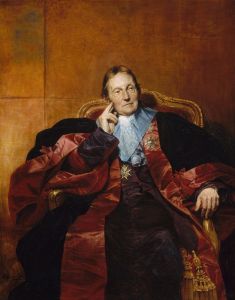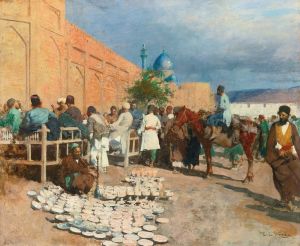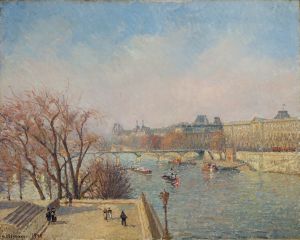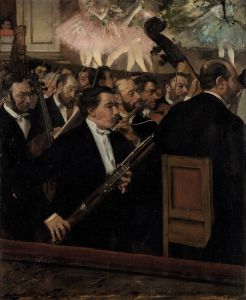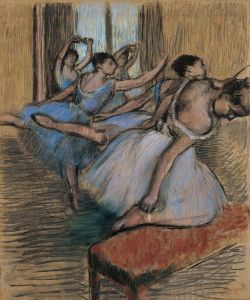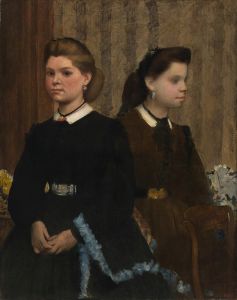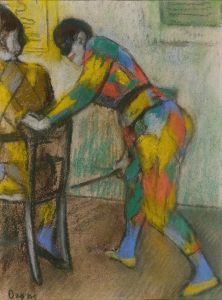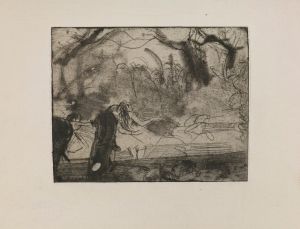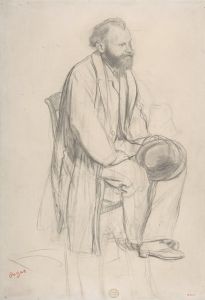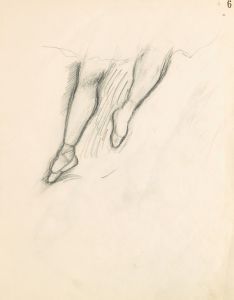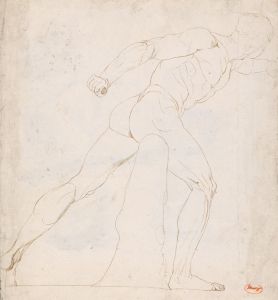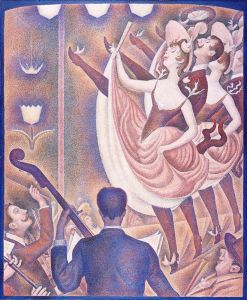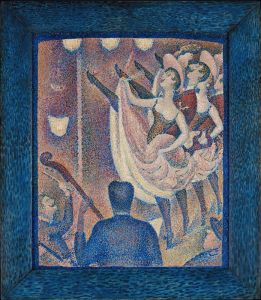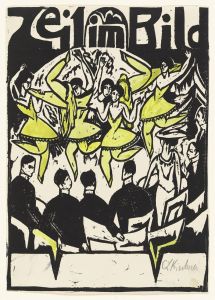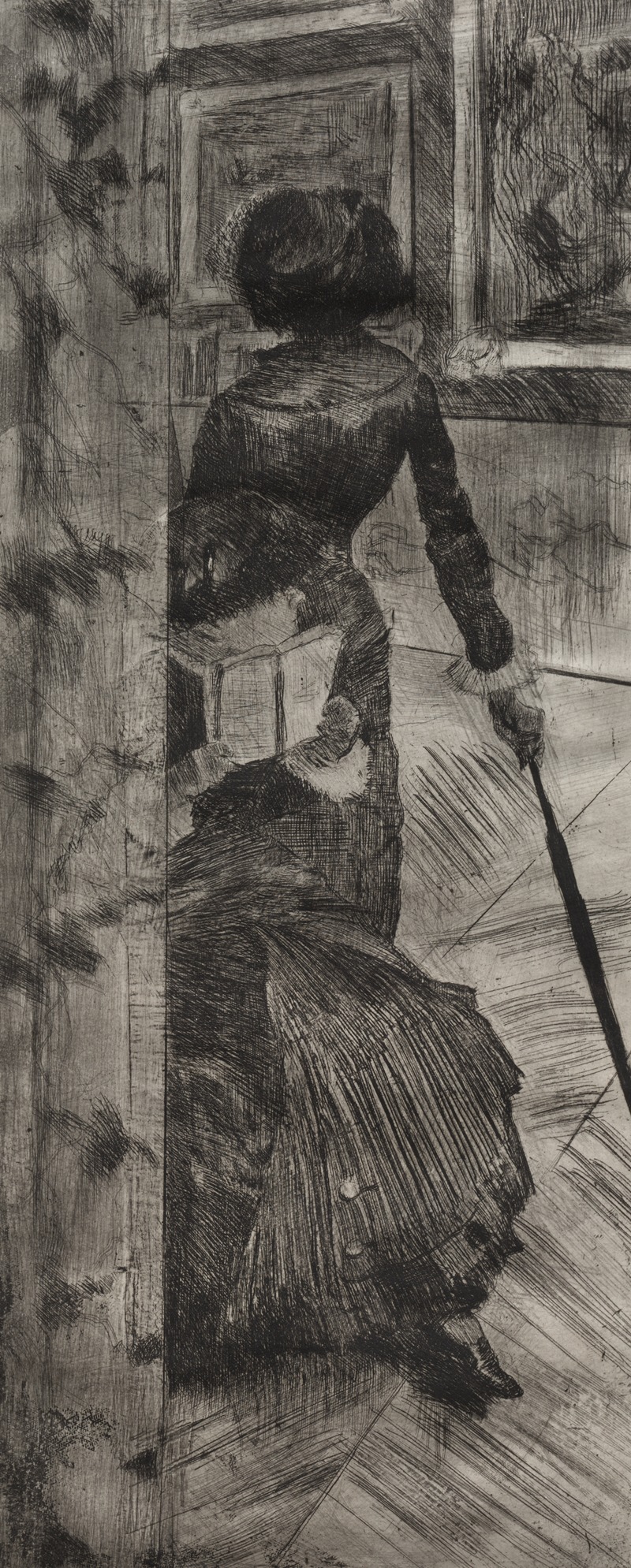
Mary Cassatt at the Louvre; The Paintings Gallery
A hand-painted replica of Edgar Degas’s masterpiece Mary Cassatt at the Louvre; The Paintings Gallery, meticulously crafted by professional artists to capture the true essence of the original. Each piece is created with museum-quality canvas and rare mineral pigments, carefully painted by experienced artists with delicate brushstrokes and rich, layered colors to perfectly recreate the texture of the original artwork. Unlike machine-printed reproductions, this hand-painted version brings the painting to life, infused with the artist’s emotions and skill in every stroke. Whether for personal collection or home decoration, it instantly elevates the artistic atmosphere of any space.
"Mary Cassatt at the Louvre; The Paintings Gallery" is a notable work by the French Impressionist artist Edgar Degas, created around 1879-1880. This painting is an exemplary piece that highlights the close relationship and mutual influence between Degas and the American painter Mary Cassatt, who was also a prominent figure in the Impressionist movement.
Edgar Degas, known for his mastery in depicting movement and his innovative compositions, often explored themes of modern life in Paris. His works frequently featured scenes from the ballet, horse races, and everyday life, capturing the essence of the late 19th-century Parisian society. In this particular painting, Degas chose to portray Mary Cassatt, who was one of the few female artists associated with the Impressionists, and her sister Lydia Cassatt, in the esteemed setting of the Louvre Museum.
The painting depicts Mary Cassatt and her sister in the paintings gallery of the Louvre, a place that was not only a cultural hub but also a source of inspiration for many artists of the time. Mary Cassatt is shown engaged in the act of looking, a theme that resonates with her own work, which often depicted women in moments of contemplation and observation. This setting underscores the intellectual and artistic engagement of women, a progressive notion during that era.
Degas and Cassatt shared a professional camaraderie and mutual respect, which is evident in this work. Degas admired Cassatt's talent and often invited her to exhibit with the Impressionists. Their friendship was marked by a shared interest in exploring new techniques and perspectives, particularly in the depiction of modern life and the use of unconventional compositions.
The painting is executed in Degas' characteristic style, with a focus on capturing the nuances of light and shadow. His use of color and brushwork conveys a sense of immediacy and intimacy, drawing the viewer into the scene. The composition is carefully structured, with the figures of Mary and Lydia Cassatt positioned in a way that guides the viewer's eye through the gallery space, emphasizing the act of looking and the experience of art.
"Mary Cassatt at the Louvre; The Paintings Gallery" is not only a testament to the friendship between Degas and Cassatt but also a reflection of the dynamic cultural environment of Paris during the late 19th century. It highlights the role of women in the art world, both as creators and as connoisseurs, and captures a moment of artistic exchange and influence that was pivotal to the development of Impressionism.
Today, this painting is recognized as an important work within Degas' oeuvre, illustrating his skill in portraiture and his ability to convey the subtleties of human interaction and the cultural milieu of his time. It remains a significant piece for understanding the collaborative spirit and the progressive ideas that characterized the Impressionist movement.





